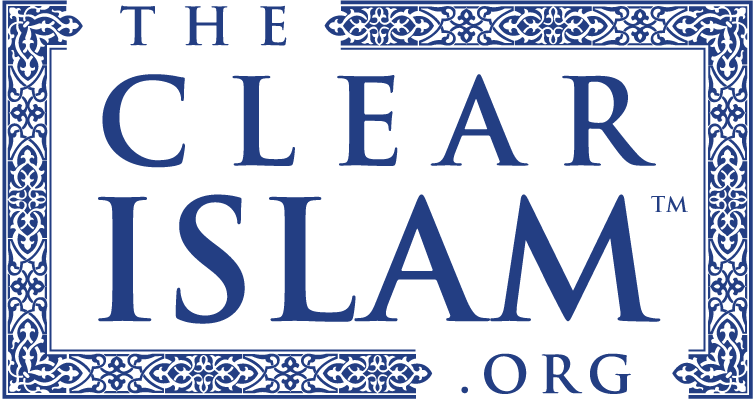The hijab, worn by many Muslim women, is more than just a piece of clothing. It carries deep meaning and significance rooted in faith, identity, and personal choice. For those unfamiliar with its purpose, it’s essential to explore the reasons behind why Muslim women wear the hijab.
At its core, the hijab represents modesty in Islam. The Quran, the holy book of Islam, advises both men and women to dress modestly and lower their gaze. In The Clear Quran®, God says in Chapter 24, Verse 31, “And tell the believing women to lower their gaze and guard their chastity, and not reveal their adornments except what normally appears. Let them draw their veils over their chests, and not reveal their hidden adornments except to their husbands, their fathers, their fathers-in-law, their sons, their stepsons, their brothers, their brothers’ sons or sisters’ sons, their fellow women, those bondwomen in their possession, male attendants with no desire, or children who are still unaware of women’s nakedness” The Clear Quran®, 24:31. This verse encourages covering certain parts of the body, including the hair, as a means of modesty.
For many Muslim women, wearing the hijab is a way to follow this guidance from the Quran. It’s a choice made out of faith and a desire to please God. By wearing the hijab, they feel a closer connection to their religion and show their devotion to Islam.
The hijab also serves as a symbol of identity. It distinguishes Muslim women as followers of Islam and can be a source of pride in their faith and culture. It’s a way for them to express their beliefs outwardly and be recognized as part of the Muslim community.
Additionally, the hijab empowers women in various ways. Contrary to common misconceptions, it isn’t a tool of oppression but rather a means of empowerment. By covering, Muslim women shift the focus from their physical appearance to their character, intellect, and contributions. It allows them to be valued for who they are rather than how they look.
However, it’s important to note that wearing the hijab is a personal choice for Muslim women. Some may start wearing it at a young age due to family or cultural influences, while others may decide to do so later in life as a result of their own spiritual journey. Respecting this personal choice is crucial in understanding the diverse reasons behind wearing the hijab.
Misunderstandings and stereotypes surrounding the hijab persist, leading to misconceptions about Muslim women who wear it. To bridge this gap, it’s important for non-Muslims to engage in open conversations, seek knowledge from reliable sources, and approach the topic with an open mind.
For those wanting to learn more about diverse cultural practices, faith-based discussions, and other interesting topics, we invite you to explore our blog. Our aim is to foster understanding, respect, and appreciation for different perspectives and beliefs.
In conclusion, the hijab is a garment that holds immense significance for Muslim women, symbolizing modesty, faith, identity, and empowerment. By learning about its deeper meanings and understanding the personal choices behind wearing it, we can build bridges of understanding and inclusivity in our society.
For our latest news, and to stay up-to-date with The Clear Islam, follow us on social media:
- Instagram: https://www.instagram.com/the_clear_islam/?__coig_restricted=1
- Facebook: https://www.facebook.com/TheClearIslam.org/
- TikTok: https://www.tiktok.com/@the.clear.islam?_t=8fsJechCatv&_r=1
- YouTube: https://www.youtube.com/FurqaanStudios
Suggested Articles:



